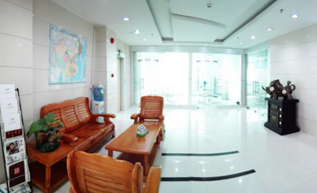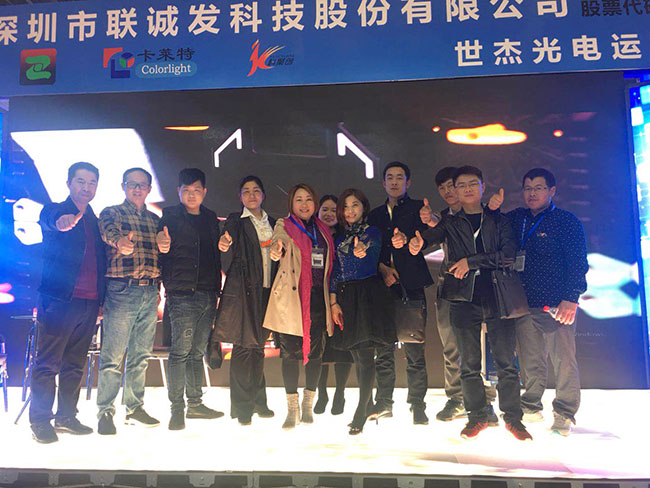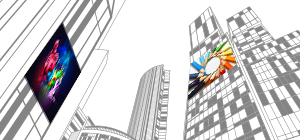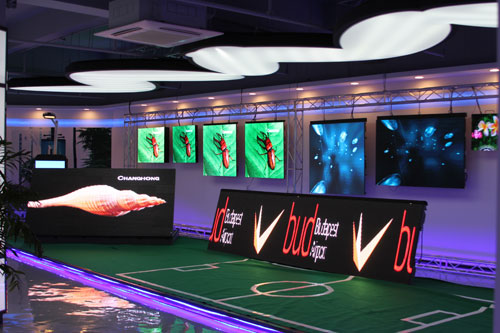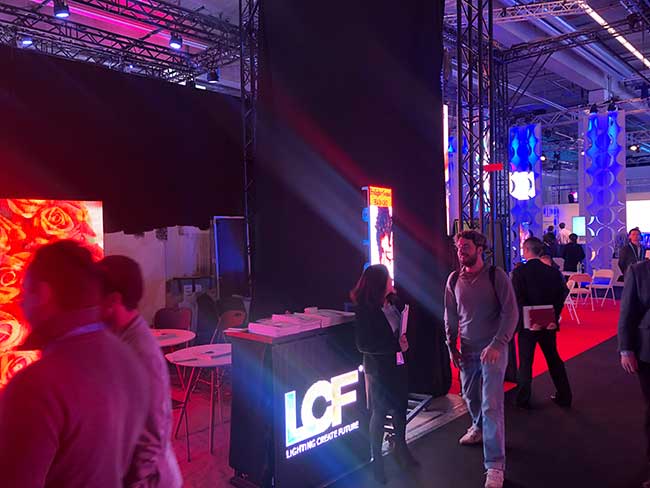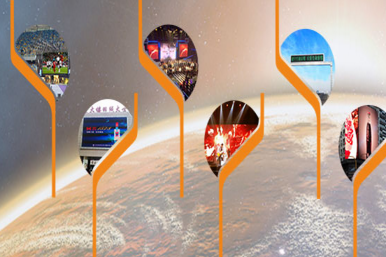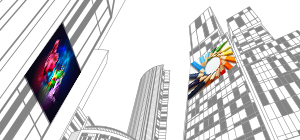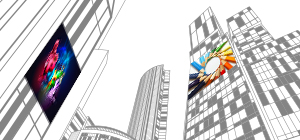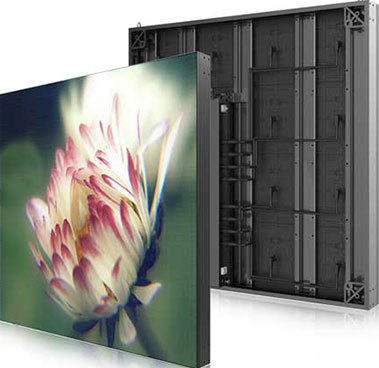Publisher: Supplier of LED Display Time: 2018-01-12 16:22 Views: 4716

1. The introduction of new technologies and new products of LED control system to the market has accelerated significantly: The continuous introduction of new technologies and new products on the market proves that the control system is continuously improving and the technology is becoming more and more perfect. However, with the homogeneity of hardware and the convergence of technology, the future control system will focus more on software development, and the focus of competition will also shift from hardware and price to software competition.
Compared with the earlier control system, the performance and reliability of the current control system have been greatly improved. The back-end control of the LED display originally used conventional control circuits. With the continuous improvement of control technology and the application of control chips, the control system will generally adopt LED special integrated circuits. Pixels are controlled and adjusted, which greatly improves the display brightness and color effects. Due to technical level and cost and other reasons, LED control chip products are mainly in the hands of foreign countries, such as Maxim, Agilent, Toshiba and so on. At the same time, there are also some domestic manufacturers in China that have developed and produced LED display control circuits, but due to performance factors, it will take time to promote their use.
2. Synchronous systems and asynchronous systems will continue to exist with each other: Within a certain period of time, synchronous systems and asynchronous systems will continue to exist with each other. Although the asynchronous market space is small, it is also indispensable. Just as the emergence of IPad cannot replace laptops, it is also a bright spot emerging in the market that cannot be ignored. In the future, synchronous control systems and asynchronous control systems may be combined to a certain extent. The two will be combined to complement each other, and even new products with the best characteristics of both will appear.
In recent years, LED display screens have developed in the direction of higher brightness, higher weather resistance, higher luminous uniformity ratio, higher reliability, full colorization, and multimedia. The operation, operation and maintenance of the system have also been integrated. Development in the direction of integration, networking, and intelligence. The future display technology will be the era of flat panel display. As one of the leading products of flat panel display, LED display will have more room for development.
At present, my country's LED display control system manufacturers are hard to count. As the LED display industry continues to develop new markets, displays in various subdivisions put forward higher requirements for control systems. For example, high-density small-pitch LED displays are an emerging market that has been developing rapidly in recent years. The reduction of dot pitch poses challenges to various devices such as driver ICs and control systems. In the future, synchronous and asynchronous control system manufacturers will still need Further improve the performance and help the perfect display of the LED display.
